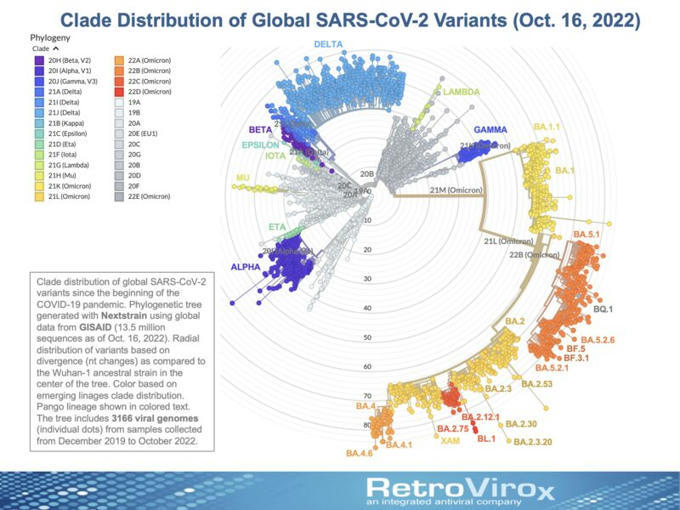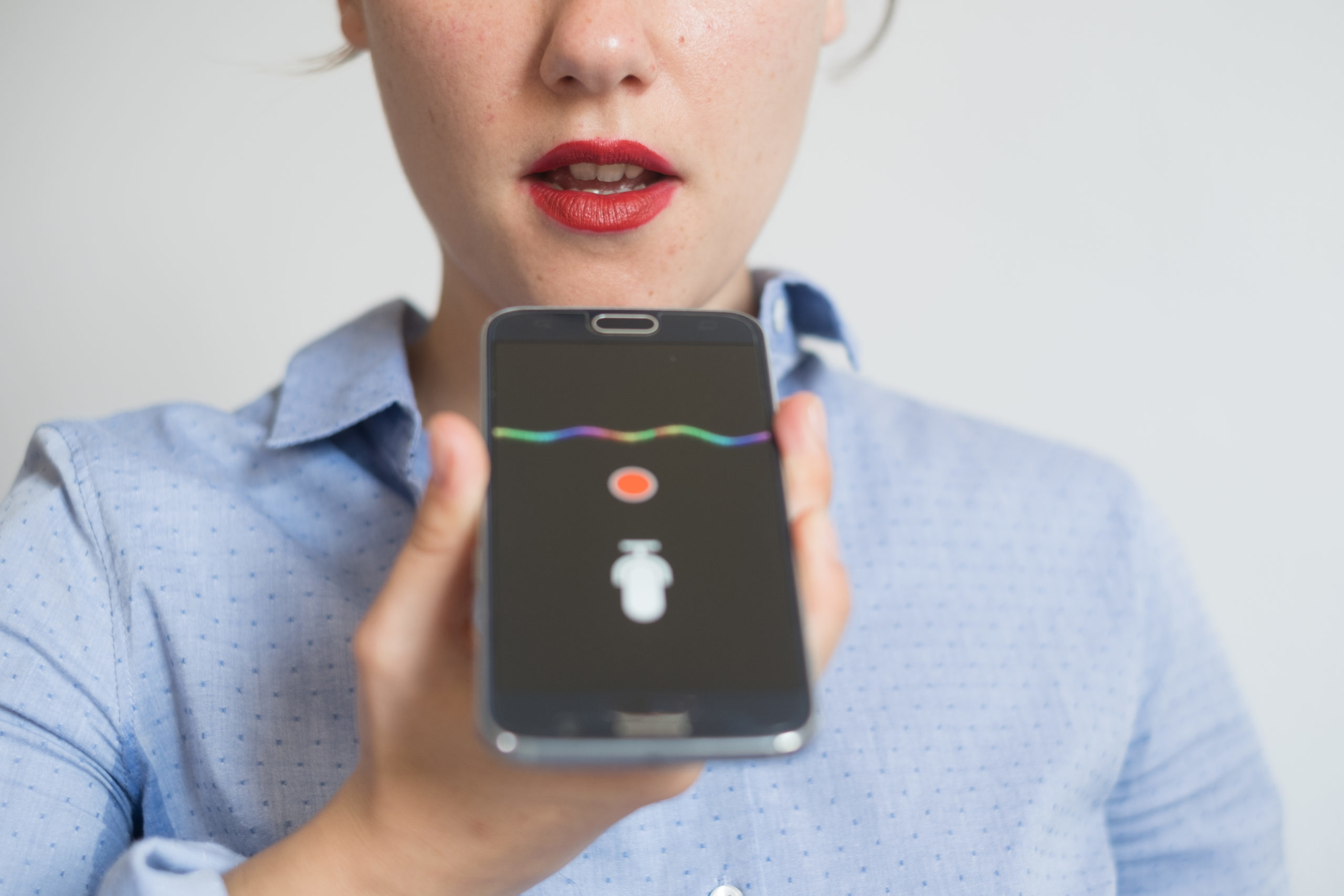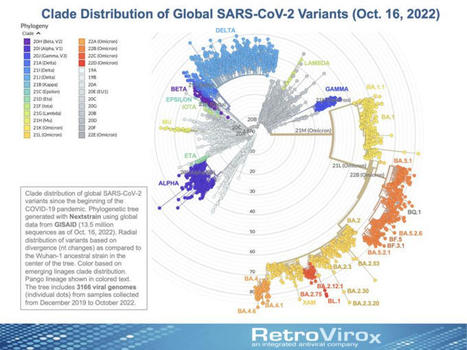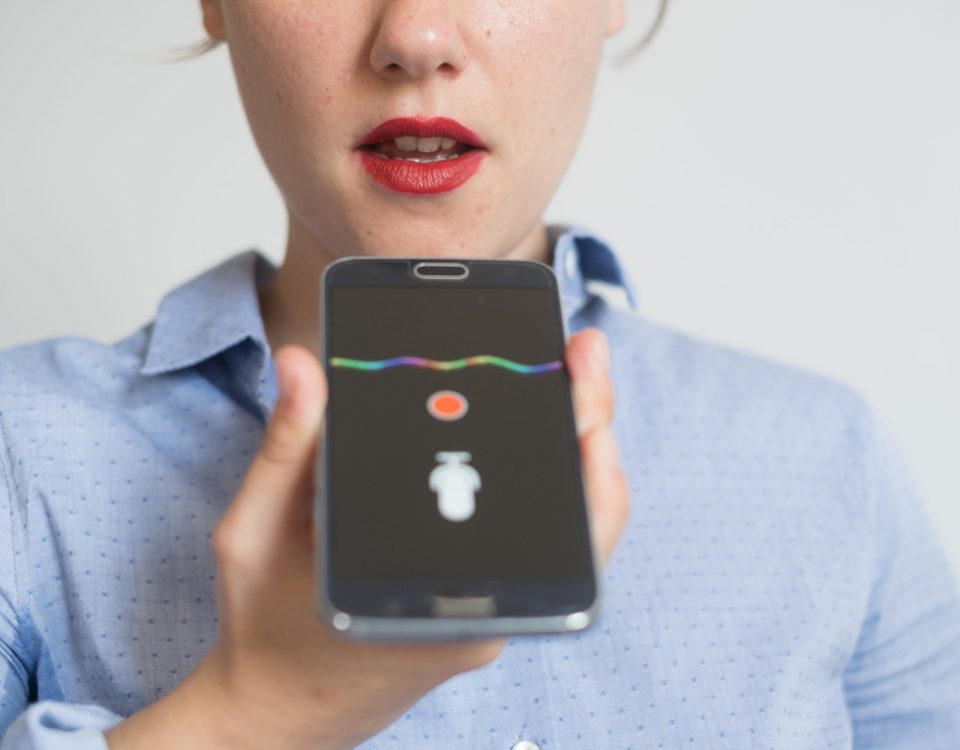Pharmageek

This phylogenetic tree represents the clade distribution of global SARS-CoV-2 viral genomes since the beginning of the pandemic. In the center is the reference Wuhan-1 strain, with outside samples now separated by nucleotide divergence. The last few months have led to an explosion of new variants with further mutations in the viral spike resulting in further antibody evasion, and also carrying changes in many other viral proteins. Some recently sequenced viral genomes from samples collected in Southeast Asia (not shown in this figure) display over a hundred nucleotides changes when compared to Wuhan-1. The graph was generated with nextstrain.org
Lire l'article complet sur : www.linkedin.com

Heroes vs. Villains: How Gamification Helped in the Fight Against COVID-19
Lire l'article complet sur : www.sidekickhealth.com

Researchers in Luxembourg showed for the first time that vocal recordings of COVID-19 affected people could be used to monitor related symptoms of the disease.
Lire l'article complet sur : www.researchluxembourg.org

PARIS (TICpharma) - Auditionnée le 12 octobre par la commission des lois de l'Assemblée nationale, Marie-Laure Denis, présidente de la Commission nationale de l'informatique et des libertés (Cnil), a appelé les pouvoirs publics à mener "une analyse de la complémentarité des dispositifs ayant été mis en œuvre pendant la crise sanitaire", en référence aux divers systèmes d'information (SI) et outils déployés.
Lire l'article complet sur : www.ticpharma.com





